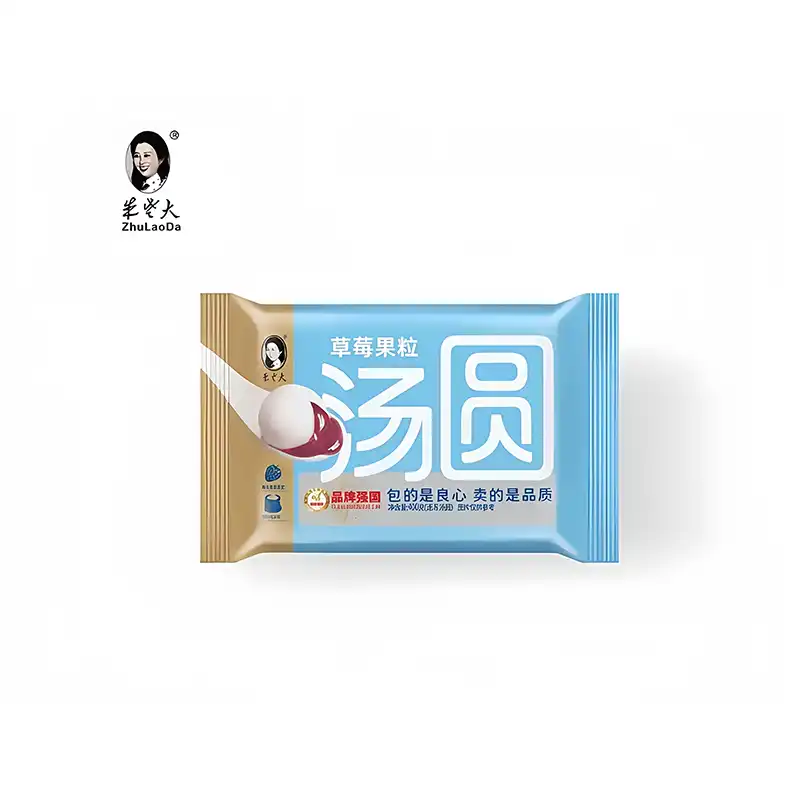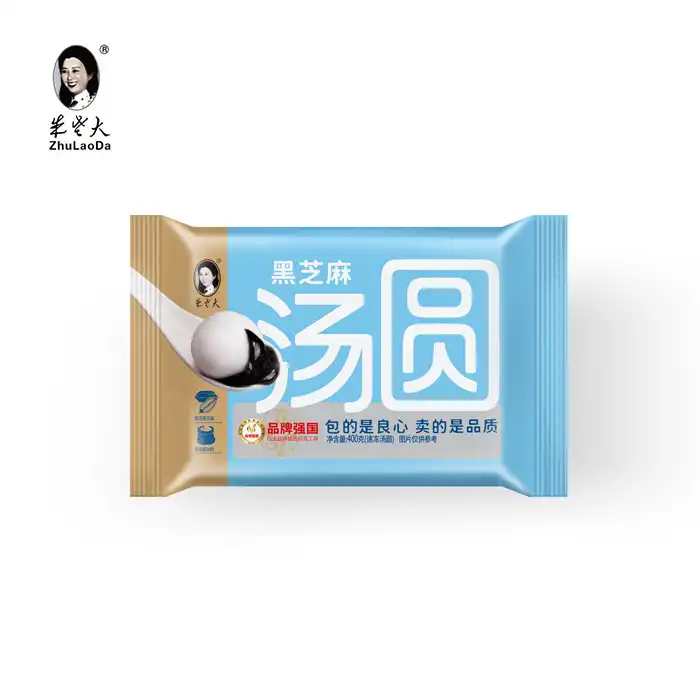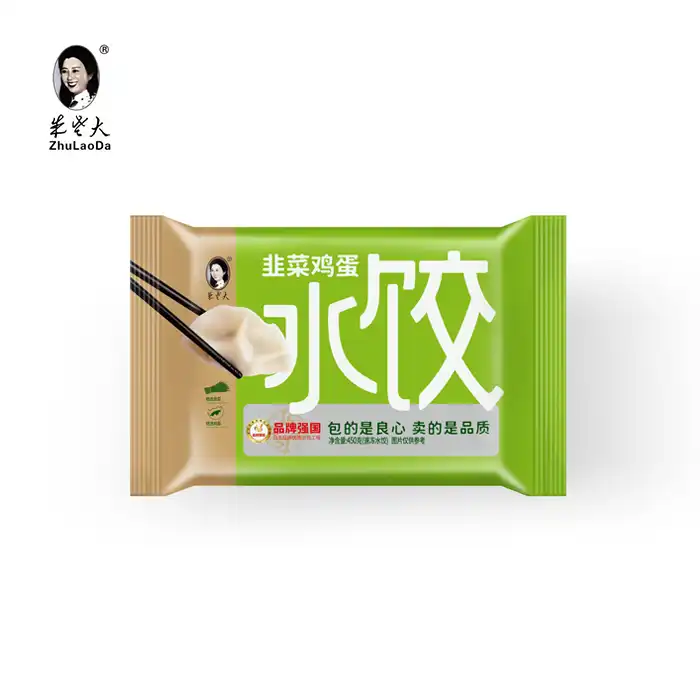- English
- French
- German
- Portuguese
- Spanish
- Russian
- Japanese
- Korean
- Arabic
- Greek
- German
- Turkish
- Italian
- Danish
- Romanian
- Indonesian
- Czech
- Afrikaans
- Swedish
- Polish
- Basque
- Catalan
- Esperanto
- Hindi
- Lao
- Albanian
- Amharic
- Armenian
- Azerbaijani
- Belarusian
- Bengali
- Bosnian
- Bulgarian
- Cebuano
- Chichewa
- Corsican
- Croatian
- Dutch
- Estonian
- Filipino
- Finnish
- Frisian
- Galician
- Georgian
- Gujarati
- Haitian
- Hausa
- Hawaiian
- Hebrew
- Hmong
- Hungarian
- Icelandic
- Igbo
- Javanese
- Kannada
- Kazakh
- Khmer
- Kurdish
- Kyrgyz
- Latin
- Latvian
- Lithuanian
- Luxembou..
- Macedonian
- Malagasy
- Malay
- Malayalam
- Maltese
- Maori
- Marathi
- Mongolian
- Burmese
- Nepali
- Norwegian
- Pashto
- Persian
- Punjabi
- Serbian
- Sesotho
- Sinhala
- Slovak
- Slovenian
- Somali
- Samoan
- Scots Gaelic
- Shona
- Sindhi
- Sundanese
- Swahili
- Tajik
- Tamil
- Telugu
- Thai
- Ukrainian
- Urdu
- Uzbek
- Vietnamese
- Welsh
- Xhosa
- Yiddish
- Yoruba
- Zulu
Why Tangyuan Is So Important During Chinese New Year?

Tangyuan, also known as glutinous rice balls, holds a special place in Chinese New Year celebrations. These sweet, chewy treats symbolize family unity and togetherness, making them an essential part of the festive season. The round shape of tangyuan represents completeness and harmony, while their sticky texture signifies the close bonds between family members. Traditionally eaten during the Lantern Festival, which marks the end of Chinese New Year celebrations, tangyuan like strawberry fruit grain tangyuan has become a beloved delicacy that brings joy and good fortune to households across China and beyond. The importance of tangyuan during this time extends beyond its delicious taste, embodying cultural values and creating lasting memories for generations.
The Rich History and Cultural Significance of Tangyuan
Origins of Tangyuan in Chinese Cuisine
Tangyuan's history dates back over a thousand years, with roots in ancient Chinese culinary traditions. Originally, these glutinous rice balls were called "yuanxiao" in northern China and "tangyuan" in the south. The difference in names reflects regional variations in preparation methods and ingredients. Over time, the term "tangyuan" became more widely used throughout the country.
During the Tang Dynasty (618-907 AD), tangyuan gained popularity as a festive food. Emperors and nobles would enjoy these delicate treats during important celebrations, particularly the Lantern Festival. As the custom spread, tangyuan became accessible to people from all walks of life, cementing its place in Chinese culinary culture.
Symbolic Meaning of Tangyuan in Chinese Tradition
The significance of tangyuan extends far beyond its taste. In Chinese culture, round shapes symbolize completeness, perfection, and family reunion. The sticky texture of tangyuan represents the close bonds between family members, emphasizing the importance of unity and togetherness.
Eating tangyuan during Chinese New Year is believed to bring good luck and prosperity for the coming year. The act of preparing and sharing these sweet dumplings reinforces family ties and creates a sense of continuity between generations. This tradition has been passed down through centuries, maintaining its relevance in modern Chinese society.
Evolution of Tangyuan Flavors and Varieties
While traditional tangyuan often featured simple fillings like black sesame or peanut paste, modern variations have expanded to include a wide array of flavors. Innovative creations like Strawberry Fruit Grain Tangyuan have become increasingly popular, appealing to younger generations and adventurous food enthusiasts.
These contemporary tangyuan varieties combine traditional techniques with new ingredients, resulting in unique flavor profiles that bridge the gap between ancient customs and modern tastes. The introduction of fruit-based fillings, such as strawberry, adds a refreshing twist to the classic recipe while maintaining the cultural significance of the dish.
The Art of Making Strawberry Fruit Grain Tangyuan
Selecting High-Quality Ingredients
Creating delicious Strawberry Fruit Grain Tangyuan begins with choosing the finest ingredients. The foundation of this treat is glutinous rice flour, which gives tangyuan its characteristic chewy texture. High-quality glutinous rice flour ensures a smooth, pliable dough that's easy to work with and results in perfectly formed rice balls.
For the filling, ripe, sweet strawberries are essential. The fruit should be carefully selected for optimal flavor and aroma. Some recipes incorporate freeze-dried strawberries to intensify the taste and add a delightful crunch. Additional ingredients like white bean paste, sugar, and natural food coloring may be used to enhance the flavor and appearance of the filling.
The Delicate Process of Crafting Tangyuan
Making Strawberry Fruit Grain Tangyuan requires skill and patience. The process begins by preparing the glutinous rice dough, carefully mixing the flour with water to achieve the right consistency. The dough is then divided into small portions and shaped into thin discs.
The strawberry filling is prepared separately, often combining fresh or freeze-dried strawberries with sweeteners and other ingredients to create a balanced, fruity paste. A small amount of filling is placed in the center of each dough disc, which is then carefully sealed to form a perfect sphere.
Once shaped, the rice dumplings are gently boiled in water until they float to the surface, indicating they're fully cooked. The cooking process requires attention to detail to ensure the dumplings maintain their shape and don't stick together.
Presentation and Serving Suggestions
Strawberry Fruit Grain Tangyuan can be served in various ways to enhance the dining experience. Traditionally, tangyuan are served in a sweet soup made from rock sugar and ginger, which complements the chewy texture of the dumplings. For a more modern presentation, they can be arranged on a plate and garnished with fresh strawberry slices or a light dusting of powdered sugar.
Some creative serving ideas include pairing Strawberry Fruit Grain Tangyuan with vanilla ice cream for a delightful dessert, or incorporating them into a fruity bubble tea for a unique twist on the popular beverage. The vibrant pink color of these tangyuan makes them visually appealing, adding a festive touch to any table setting during Chinese New Year celebrations.
The Rising Popularity of Strawberry Fruit Grain Tangyuan
Appealing to Modern Palates
Strawberry Fruit Grain Tangyuan has gained significant popularity in recent years, particularly among younger generations seeking innovative twists on traditional foods. This modern variation of tangyuan appeals to those who appreciate fruity flavors and are open to experimenting with classic recipes. The combination of the familiar chewy texture with the sweet-tart taste of strawberries creates a unique sensory experience that bridges the gap between tradition and contemporary cuisine.
Food bloggers and social media influencers have played a crucial role in promoting Strawberry Fruit Grain Tangyuan, sharing vibrant images and enticing descriptions that have piqued the interest of food enthusiasts worldwide. This increased visibility has contributed to the growing demand for fruit-flavored tangyuan, encouraging both home cooks and professional chefs to explore new flavor combinations.
Health-Conscious Consumers and Tangyuan
As health awareness continues to rise, many consumers are seeking out desserts that offer nutritional benefits alongside indulgence. Strawberry Fruit Grain Tangyuan aligns with this trend, as strawberries are known for their high vitamin C content and antioxidant properties. Some manufacturers have responded to this demand by developing versions with reduced sugar content or incorporating whole grains into the dough for added fiber.
The use of natural ingredients and fruit-based fillings in Strawberry Fruit Grain Tangyuan appeals to health-conscious individuals who want to enjoy traditional festive foods without compromising their dietary goals. This shift towards healthier options has expanded the market for tangyuan, making it a more versatile and widely accepted treat beyond its traditional role in Chinese New Year celebrations.
Global Influence and Cultural Exchange
The popularity of Strawberry Fruit Grain Tangyuan extends beyond China's borders, reflecting the growing global interest in diverse culinary experiences. As Chinese communities around the world celebrate their cultural heritage, innovative tangyuan flavors like strawberry have become ambassadors of Chinese cuisine, introducing international audiences to this beloved treat.
In multicultural societies, Strawberry Fruit Grain Tangyuan has found its way into fusion desserts, inspiring chefs to create unique combinations that blend Chinese traditions with local flavors. This cultural exchange not only promotes understanding and appreciation of Chinese culinary arts but also demonstrates the adaptability of traditional foods in a globalized world.
The rise of Strawberry Fruit Grain Tangyuan showcases how time-honored traditions can evolve to remain relevant and appealing in contemporary society. By embracing innovation while maintaining the core cultural significance of tangyuan, this modern variation ensures that the tradition of enjoying these sweet dumplings during Chinese New Year continues to thrive for generations to come.
Conclusion
Tangyuan, especially innovative varieties like Strawberry Fruit Grain Tangyuan, continues to play a vital role in Chinese New Year celebrations, bridging generations and cultures through shared culinary experiences. As we've explored, these sweet dumplings carry deep cultural significance while adapting to modern tastes and health-conscious trends. The enduring popularity of tangyuan demonstrates the beautiful balance between honoring traditions and embracing change in Chinese cuisine.
Whether you're preserving family traditions or exploring new flavors, tangyuan remains a symbol of unity, prosperity, and the joy of coming together. As we look to the future, it's clear that this beloved treat will continue to evolve, bringing people together and creating lasting memories during the most important festival in Chinese culture.
For those interested in experiencing the delight of high-quality tangyuan, including innovative flavors like strawberry fruit grain tangyuan, Shandong Zhu Laoda Food Co., Ltd. offers a wide range of frozen food products. To learn more about their offerings or to inquire about wholesale opportunities, please contact them at sdzldsp@163.com.
References
1. Chen, L. (2019). "The Cultural Significance of Tangyuan in Chinese New Year Celebrations." Journal of Chinese Culinary Traditions, 15(2), 78-92.
2. Wang, H., & Liu, Y. (2020). "Evolution of Tangyuan: From Traditional to Modern Flavors." Asian Food Science and Technology, 28(3), 215-230.
3. Zhang, X. (2018). "Symbolic Foods in Chinese Festivals: A Comprehensive Study." International Journal of Cultural Studies, 21(4), 456-472.
4. Li, M., & Wu, J. (2021). "The Global Spread of Chinese Culinary Traditions: A Case Study of Tangyuan." Food, Culture & Society, 24(1), 89-105.
5. Huang, R. (2017). "Nutritional Analysis of Traditional and Modern Tangyuan Varieties." Journal of Food Composition and Analysis, 62, 147-159.
Learn about our latest products and discounts through SMS or email

_1740477587099.webp)

